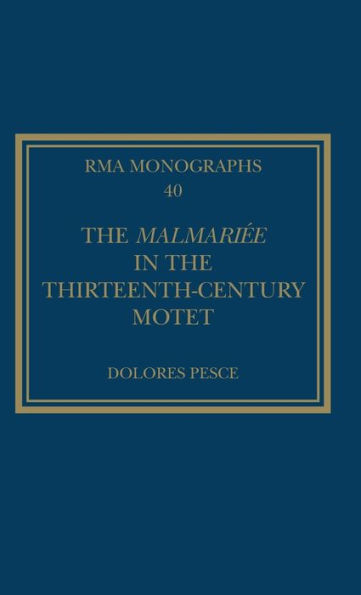Part II investigates the transmission profile of the motets, as well as of their refrains, revealing not only intertextual refrain usage between the motets and other genres, but also a significant number of shared refrains between malmariée motets and other motets. Part II furthermore offers insights on the chronology of composition within a given intertextual refrain nexus, and examines how a refrain’s meaning can change in a new context. Finally, based on the transmission profile, Part II argues for a lively interest in the topos in the 1270s and 1280s, both through composition of new motets and compilation of earlier ones, with Paris and Arras playing a prominent role.
Part II investigates the transmission profile of the motets, as well as of their refrains, revealing not only intertextual refrain usage between the motets and other genres, but also a significant number of shared refrains between malmariée motets and other motets. Part II furthermore offers insights on the chronology of composition within a given intertextual refrain nexus, and examines how a refrain’s meaning can change in a new context. Finally, based on the transmission profile, Part II argues for a lively interest in the topos in the 1270s and 1280s, both through composition of new motets and compilation of earlier ones, with Paris and Arras playing a prominent role.

The Malmariée in the Thirteenth-Century Motet
180
The Malmariée in the Thirteenth-Century Motet
180
Product Details
| ISBN-13: | 9781032371207 |
|---|---|
| Publisher: | Taylor & Francis |
| Publication date: | 02/08/2023 |
| Series: | Royal Musical Association Monographs |
| Pages: | 180 |
| Product dimensions: | 5.44(w) x 8.50(h) x (d) |
